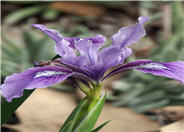
Common name:Douglas Iris
Botanical name:Iris douglasiana
Douglas iris is an evergreen perennial for shade or partial sun with blue-violet spring flowers. It is a California native that is drought tolerant.
-Cornflower Farms
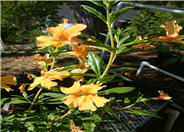
Common name:Sticky Monkey Flower
Botanical name:Mimulus aurantiacus
Sticky Monkey Flower is a drought tolerant evergreen shrub 4 ft. ft tall with numerous orangish/yellow flowers in spring and summer. It is a California native that attracts hummingbirds. This shrub can be found on the dry hills and canyon slopes in the Sierra Nevada foothills and the central Coast Ranges.
-Cornflower Farms
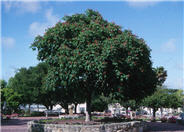
Common name:California Buckeye
Botanical name:Aesculus californica
The Aesculus californica is a tree with a year-round interest. Creamy pink or white flowers bloom in the spring, and when late summer arrives, these leaves drop to unveil pear-shaped fruits.
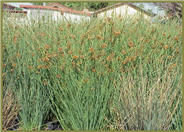
Common name:Quartz Creek Rush
Botanical name:Juncus effusus pac. 'Quartz Creek'
This selection of a vibrant green reed is widely used in landscapes due to its carefree nature and rigid upright structure. This Juncus initially grows very rapidily and then slows to eventually clump to 36" wide. It will reach a height of approximately 24-36". Reguires fairly regular water in the warmer months to perform well. Requires wet soils and lots of water. Use only in high water areas.
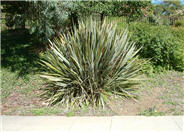
Common name:New Zealand Flax
Botanical name:Phormium tenax
New Zealand Flax is a large, bold plant with stiffly vertical, sword-like, green leaves that arise from its base. It should be grown under full sun for best color. Varieties will offer different growth habits and leaf color.
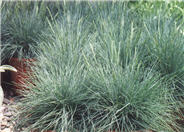
Common name:Elijah Blue Fescue
Botanical name:Festuca 'Elijah Blue'
The 'Elijah Blue' is a dwarf, very glaucous variety with almost white foliage. It should receive sun and little summer watering. -Monterey Bay Nursrey
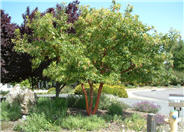
Common name:Strawberry Madrone, Marina Strawber
Botanical name:Arbutus 'Marina'
The 'Marina' has gorgeous bark, with leaves that are smaller and not as glossy as Pacific Madrone. Its flowers are pink, borne in pendant clusters in the summer. The fruit is large, red and quite ornamental. The plant should be grown in sun to part shade, with little or no summer watering when established. The 'Marina' prefers good drainage. -Monterey Bay Nursery
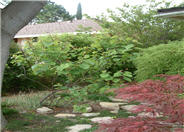
Common name:Western Redbud
Botanical name:Cercis occidentalis
This deciduous shrub ranges from 6-20 ft. tall and 10-15 ft. wide. It is desirable for its magenta spring flowers, yellow to red fall color, and dangling winter seed pods. It is tolerant of many soil types, drought and oak root fungus. It attracts hummingbirds and butterflies. The Western Redbud can be found statewide in California in the foothills below 4500 ft. elevations in chaparral and woodland communities
- Cornflower Farms
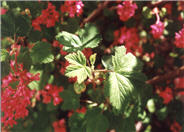
Common name:Red Flowering Currant
Botanical name:Ribes sanguineum
Upright, multibranched deciduous shrub with medium green maple shaped leaves. The rose-red flowers appear in clusters in mid-winter offering winter color for the garden, and food for hummingbirds. Can tolerate some shade on the coast, and needs shade in warm inland areas. Makes a wonderful backdrop in a woodland garden, foundation shrub, or an informal hedge.
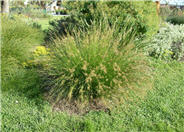
Common name:Autumn Moor Grass
Botanical name:Sesleria autumnalis
A small, mounding grass with yellow-green leaves that reaches 12" high. In the fall it sends up narrow flower stems that have silvery-white inflorescence. When planted in masses, it has a striking appearance. It is drought tolerant.
| Designer: Liz Ryan | Vibrant Planting Bed |
Photographer: GardenSoft |
Soils and Compost:
Maintain a two to four inch layer of mulch on the soil surface to reduce weeds, infiltrate rain water, and reduce compaction.
Water Saving Tip:
Apply a 2-3 inch layer of mulch in planting beds to conserve water, suppress weeds, and protect the soil from compaction and erosion.
Integrated Pest Management:
Drip and other smart irrigation delivers water directly to roots, allowing no excess water for weeds.
